
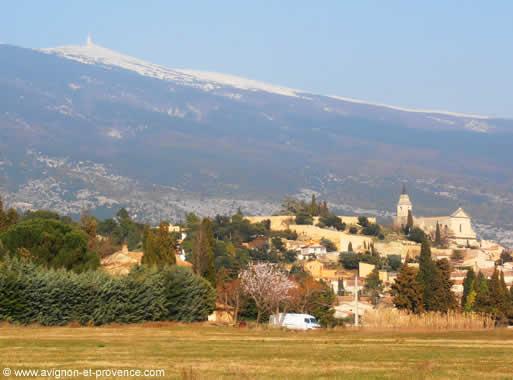
In the Vaucluse, 35 kilometres from Avignon, Bédoin curls up in the sun, pleasantly sheltered from the Mistral wind, at the foot of the southern face of the Mont Ventoux.
Even before arriving in the village, you cannot help but notice, at the top of the Saint-Antonin hill, the baroque church of Saint Pierre which dwarfs all the other buildings with its size and grandeur. Built between 1708 and 1736, its Jesuit-style façade would easily evoke the cathedrals in Mexico if it weren't for its wrought-iron campanile (19th century), so typical of our region, and the snow-capped Mont Ventoux just behind it.
Around the church, the houses in the medieval village huddle together against the hill, their natural stone or ochre-tinted façades towering over the old narrow streets.
The village is quite lively; shops, outdoor cafés and restaurants line the main street. And water is everywhere with no less than 15 fountains and a washhouse. Around one or the other, you will always see a small group gathered to chat and gossip.
You will also notice a stele in the village. Inaugurated on May 4, 1795, it is a memorial to the victims of the French Revolution, a very somber period in the history of Bédoin. Royalist and attached to the pope, Bédoin was considered counter-revolutionary and repression followed. In 1794, sixty-six villagers were guillotined or shot, houses burnt, places of worship devastated...
An edifice that escaped this episode is the Chapel of the Madeleine, 3 kilometres from the village on the route to Malaucène. The oldest building in Bédoin, it was built in the 11th century with three naves, three apse chapels and a barrel vault ceiling. Its two-storey bell tower dates from the 12th century. The ensemble is one of the most beautiful examples of Provençal Romanesque architecture and art. Attesting to much earlier human occupation, it also holds a paleochristian sarcophagus.
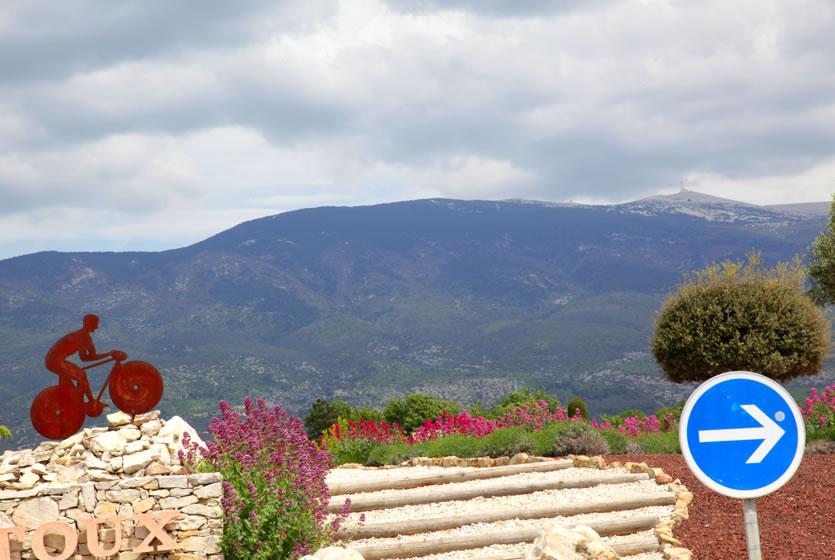
Way to the Mont-Ventoux
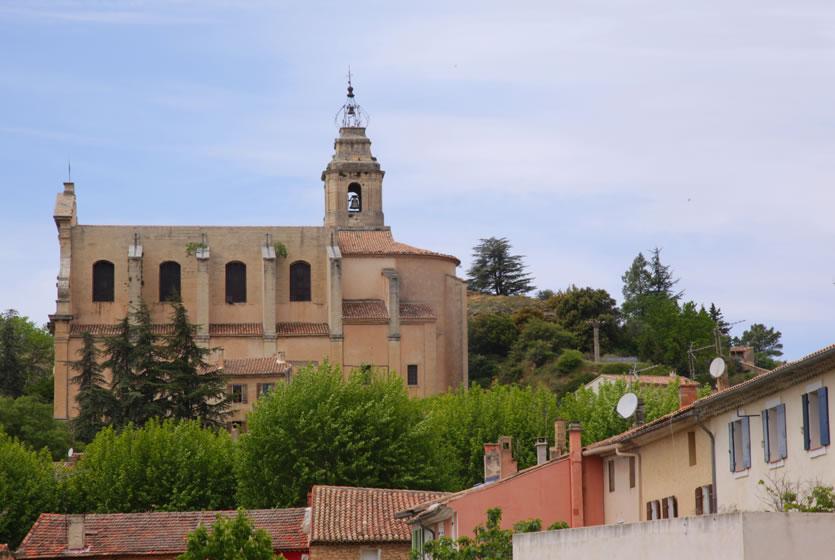
The Saint-Pierre church
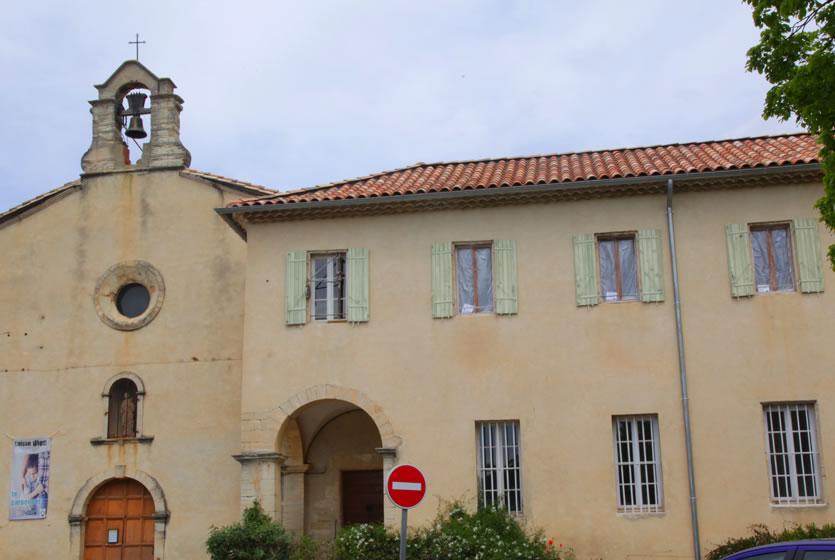
The convent of the Dominicans
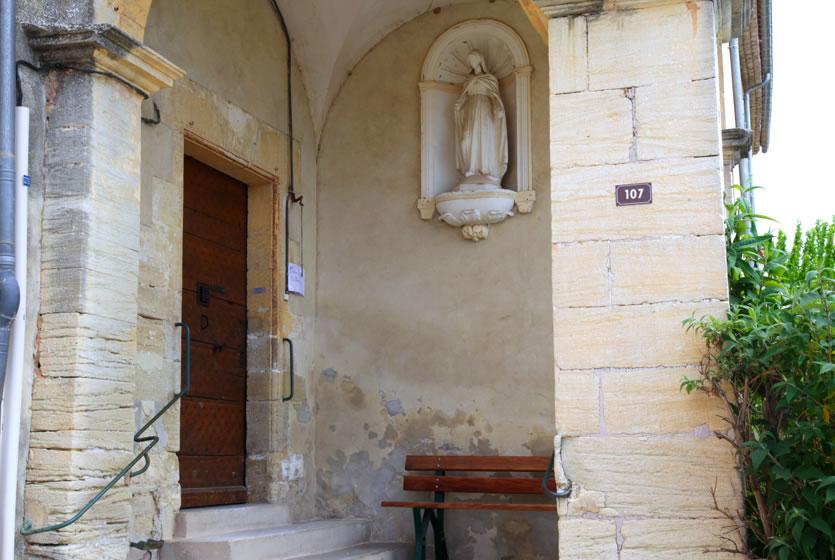
Entrance to the convent of the Dominicans
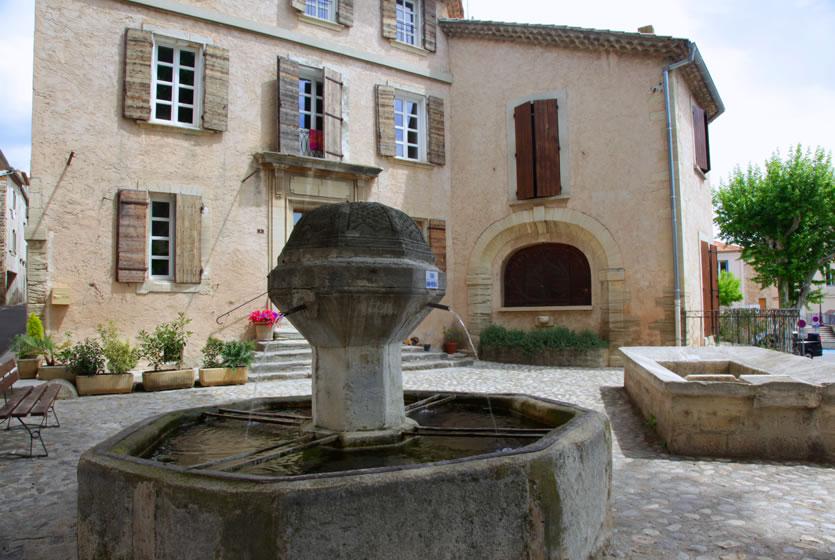
Fountain and whashhouse in Bédoin
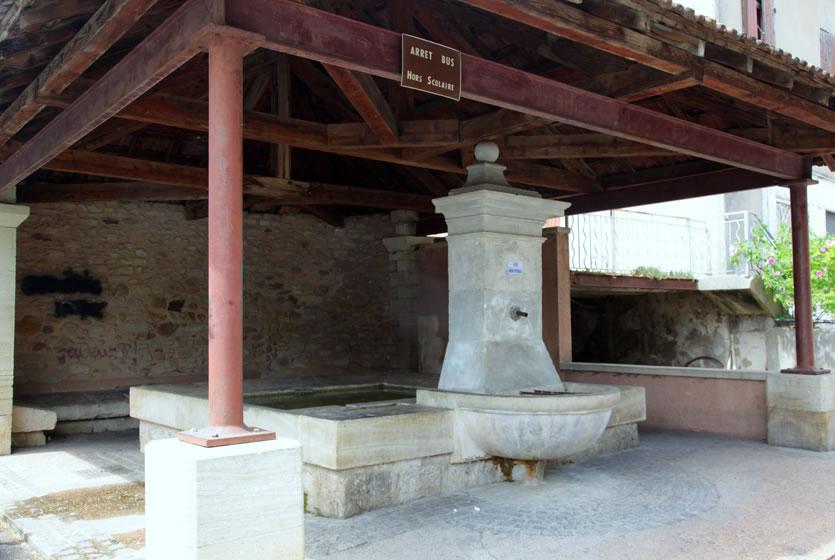
Covered whashhouse
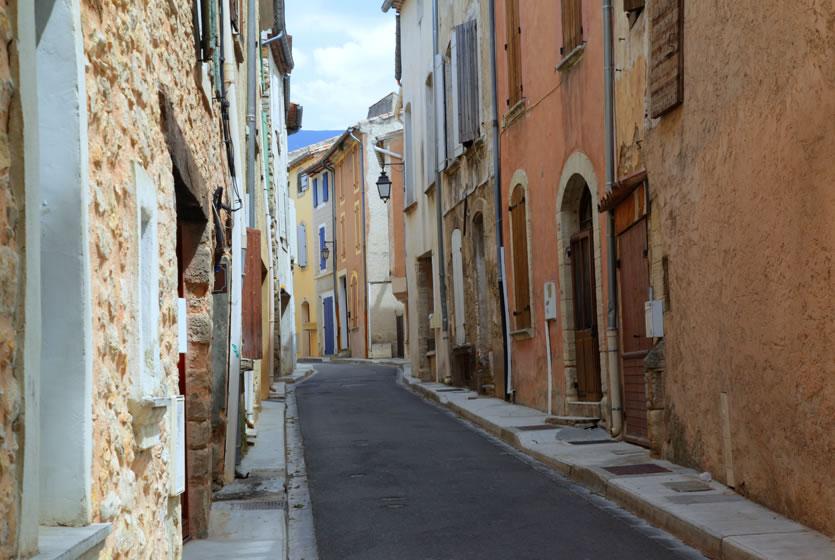
Walk in the streets of Bédoin
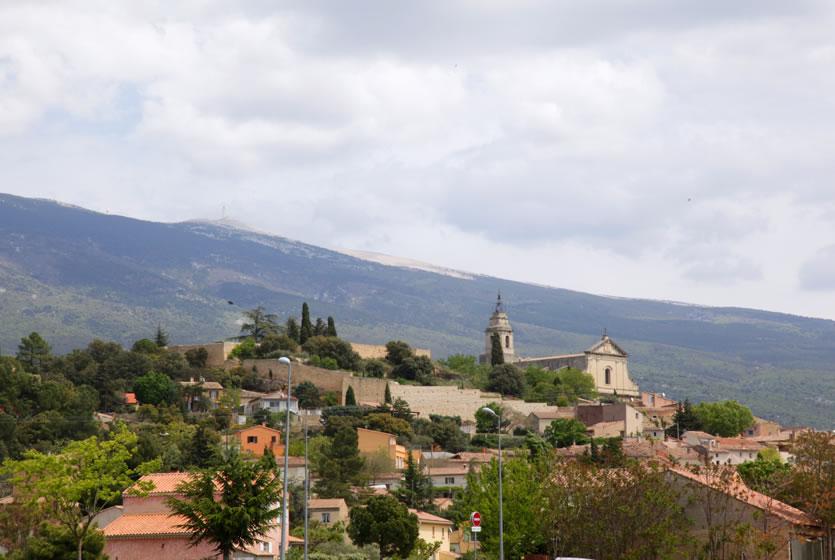
Bédoin at the foot of the Mont Ventoux
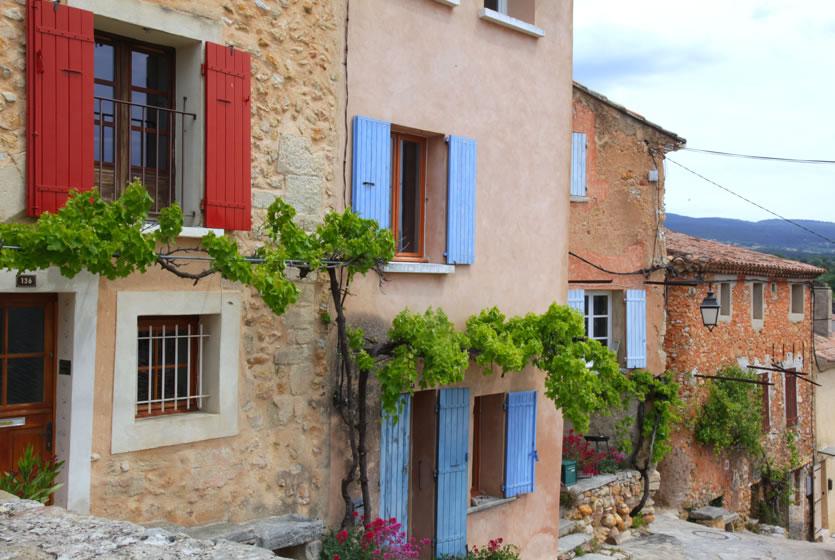
Bédoin, colorful village
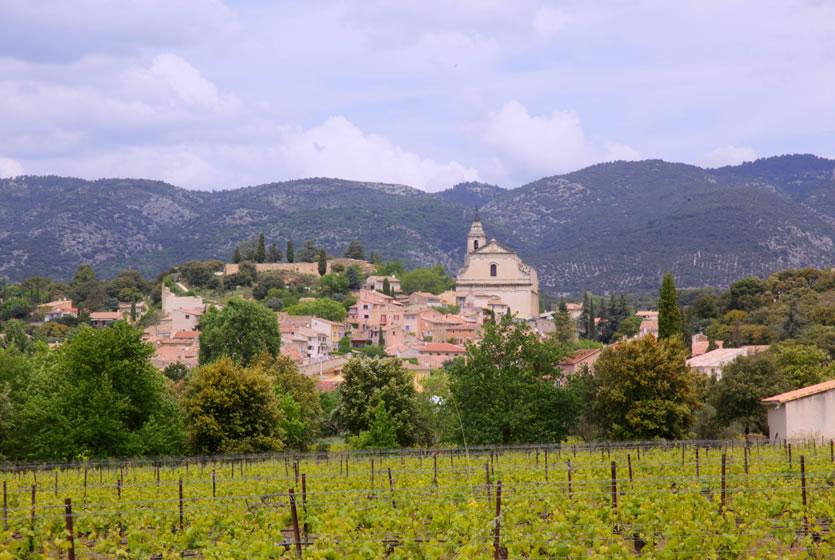
Vineyards around Bédoin
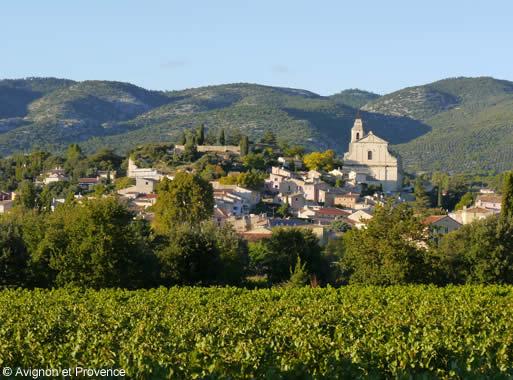
The chapel is situated in the Combe Obscure, a popular rock-climbing site in the environs of Bédoin.
But when we talk about the “environs”, we're still talking about Bédoin! Encompassing some twenty hamlets, in addition to the village, and covering a territory of 91 square kilometres that includes 63 km2 of communal forest rising from 350 metres above sea level up to 1,912 metres, the commune can even boast that it occupies the summit of the Mont Ventoux!
Besides cycling, the area is great for hiking. Many trails cross the forest, the biggest in France and rich in more than 1,200 varieties of plants as well as a protected wildlife. You can also explore the Combe de Curnier, a wooded ravine carved out by raging and ever-changing torrents that opens out into a vast panorama. The gorges are so narrow in some parts that the steep cliffs on each side seem to be touching. And then there are the Demoiselles Coiffées, an amazing ochre landscape dotted with fairy chimneys, or hoodoos, sculpted by erosion.
A bit out of the ordinary, as you cross the forest you might come across some llamas! They belong to the experimental llama farm of Le Barroux, which offers tours to the public.
Bédoin is also in the heart of the Mont Ventoux wine appellation. A cooperative that groups together several wine estates can be found at the entrance to the village. Food for thought: it is believed that Bédoin derived its name from the germanic word “bett-wein”, which means the “cradle of wine”!
Art of living
Gastronomy, markets of Provence, regional products, Christmas traditions, celebrities of Provence....